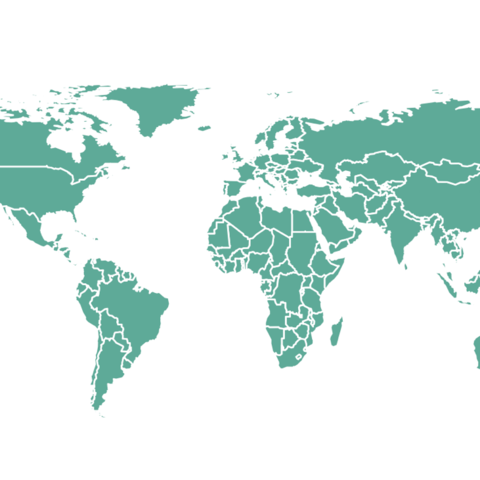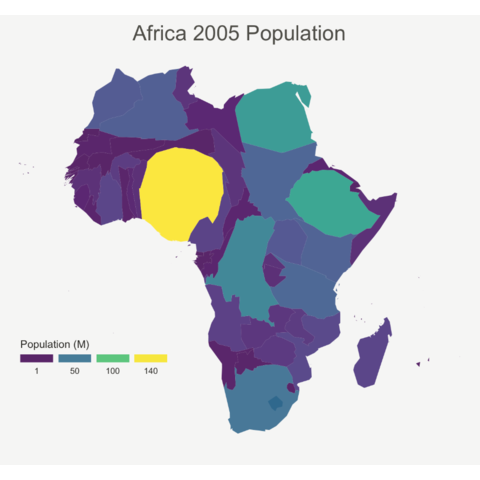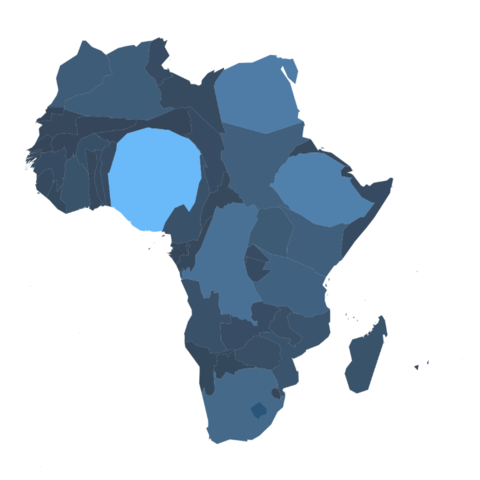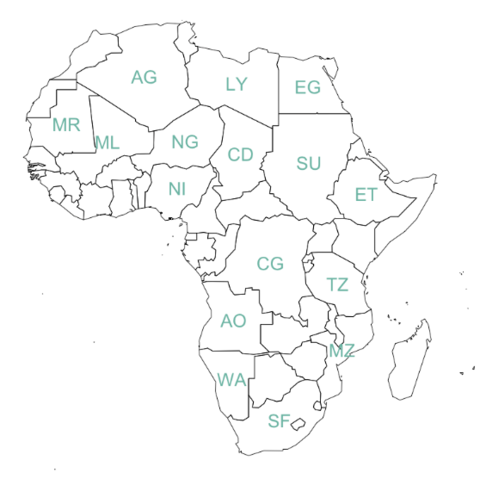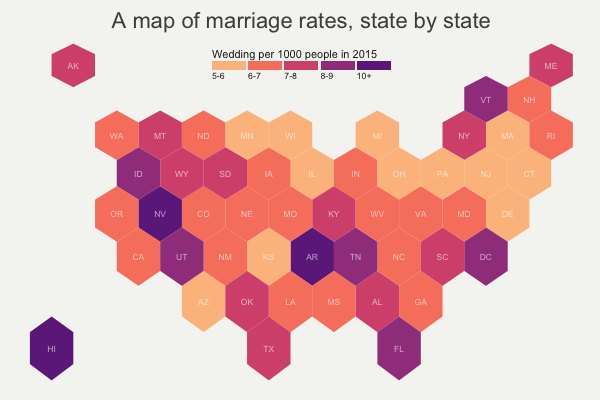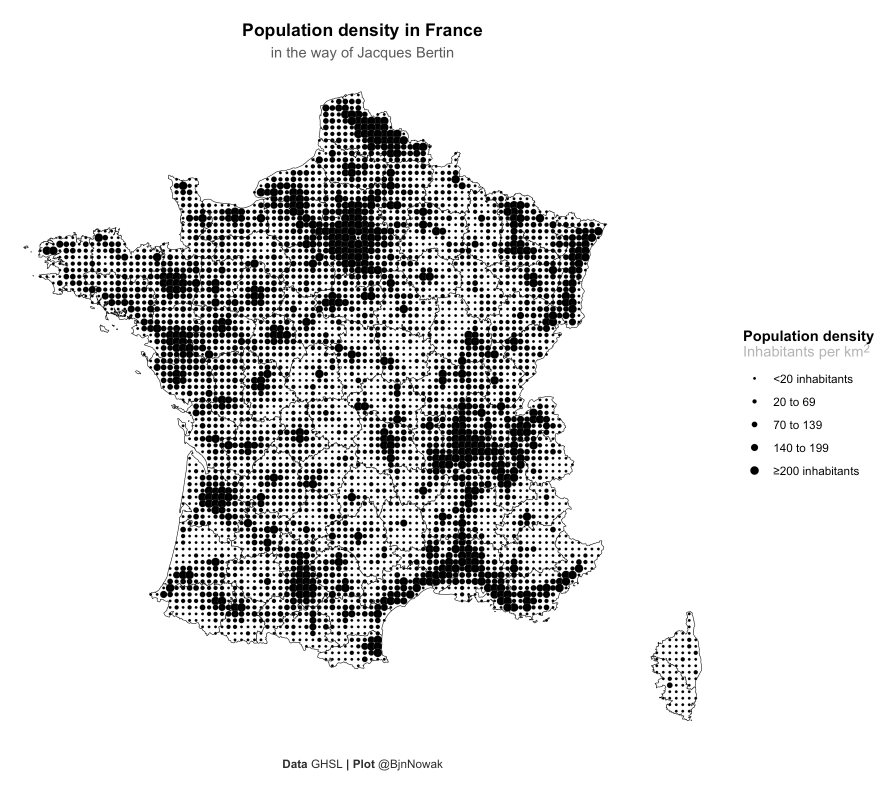Plot and manipulate geographic features with sf
The sf package in R specializes
in geospatial visualization, offering streamlined
access to geographic features like points, lines, and
polygons, and more generally to create maps.

{sf}





